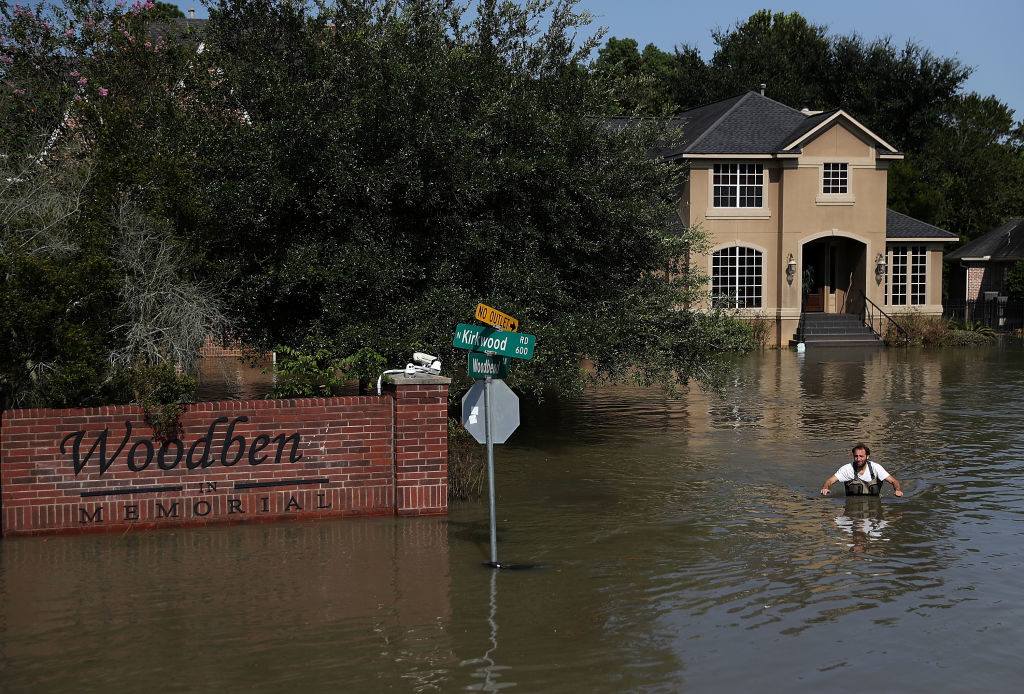Hurricane Harvey left a path of death and destruction that is still being felt across Texas, and a fact sheet of information about the storm collected by Texas Sea Grant at Texas A&M University details many of the impacts of one of the most devastating storms in the state’s 172-year history.
The brief report, produced by Pamela Plotkin, director of Texas Sea Grant and an associate research professor, and Heather Wade, senior associate director for planning and extension at Texas Sea Grant and co-director of Texas A&M University’s Community Resilience Collaborative, describes just how destructive Harvey was to the state and its coastal residents.
The fact sheet shows that Harvey claimed 88 lives, caused $198 billion in damages, and flooded more than 250,000 structures and at least 600,000 vehicles. Compounding the devastation is the fact that 80 percent of Harvey’s flood victims had no flood insurance.
The peak wind gust was 151 miles per hour, the highest storm surge was 12.5 feet and the maximum rainfall amount at any one location was a record-breaking 64.58 inches.
In addition, much of Texas was under a continuous tornado watch for more than 96 hours – believed to be a record – and Harvey produced a confirmed 28 tornadoes. Additionally, 6.5 million Texans were impacted by at least 30 inches of rain for at least six days, and 62 flash flood warnings were issued by weather service officials.
“Severe storms will continue to threaten Texas communities and economies, and Texas Sea Grant is increasing its efforts over the next four years help Texas communities develop more robust plans and practices that will increase their resilience to future extreme events,” Plotkin said.
To date, Texas Sea Grant has distributed about 8,000 copies of its “Texas Homeowner’s Handbook to Prepare for Coastal Natural Hazards” in Harvey’s aftermath.
Visit the Texas Sea Grant website to view the digital version of the Texas Homeowner’s Handbook. A Spanish version is also available.
###
Texas Sea Grant is a unique partnership that unites the resources of the federal government, the State of Texas and universities across the state to create knowledge, tools, products and services that benefit the economy, the environment and the citizens of Texas. It is administered through the National Oceanic and Atmospheric Administration and is one of 33 university-based Sea Grant Programs around the country. Texas Sea Grant is a non-academic research center in the College of Geosciences at Texas A&M University. The program’s mission is to improve the understanding, wise use and stewardship of Texas coastal and marine resources.
Media contact: Cindie M. Powell, Texas Sea Grant communications, at (979) 862-3770 or cpowell@tamu.edu; or Keith Randall, Texas A&M News & Information, at (979) 845-4644 or keith-randall@tamu.edu





